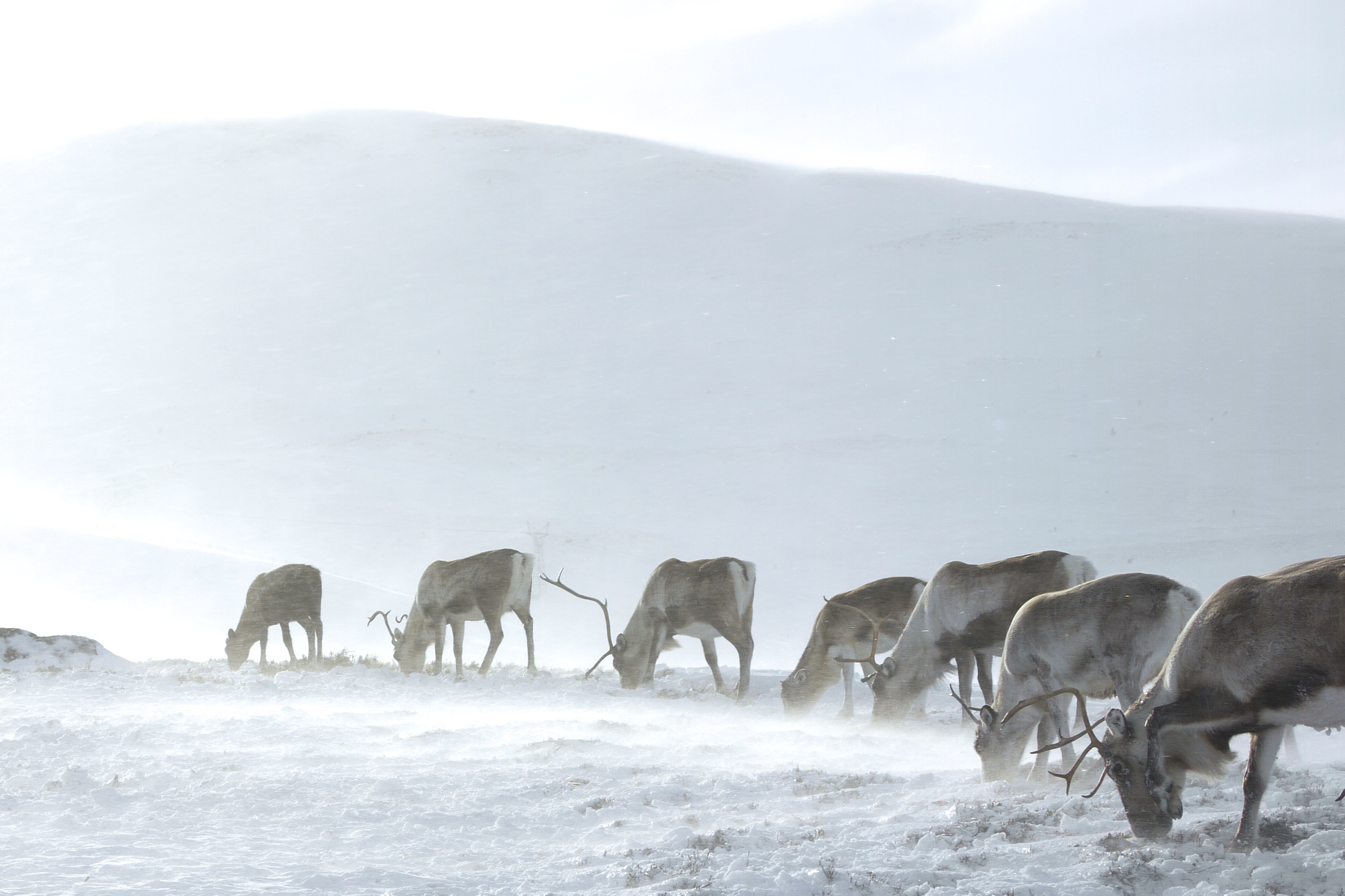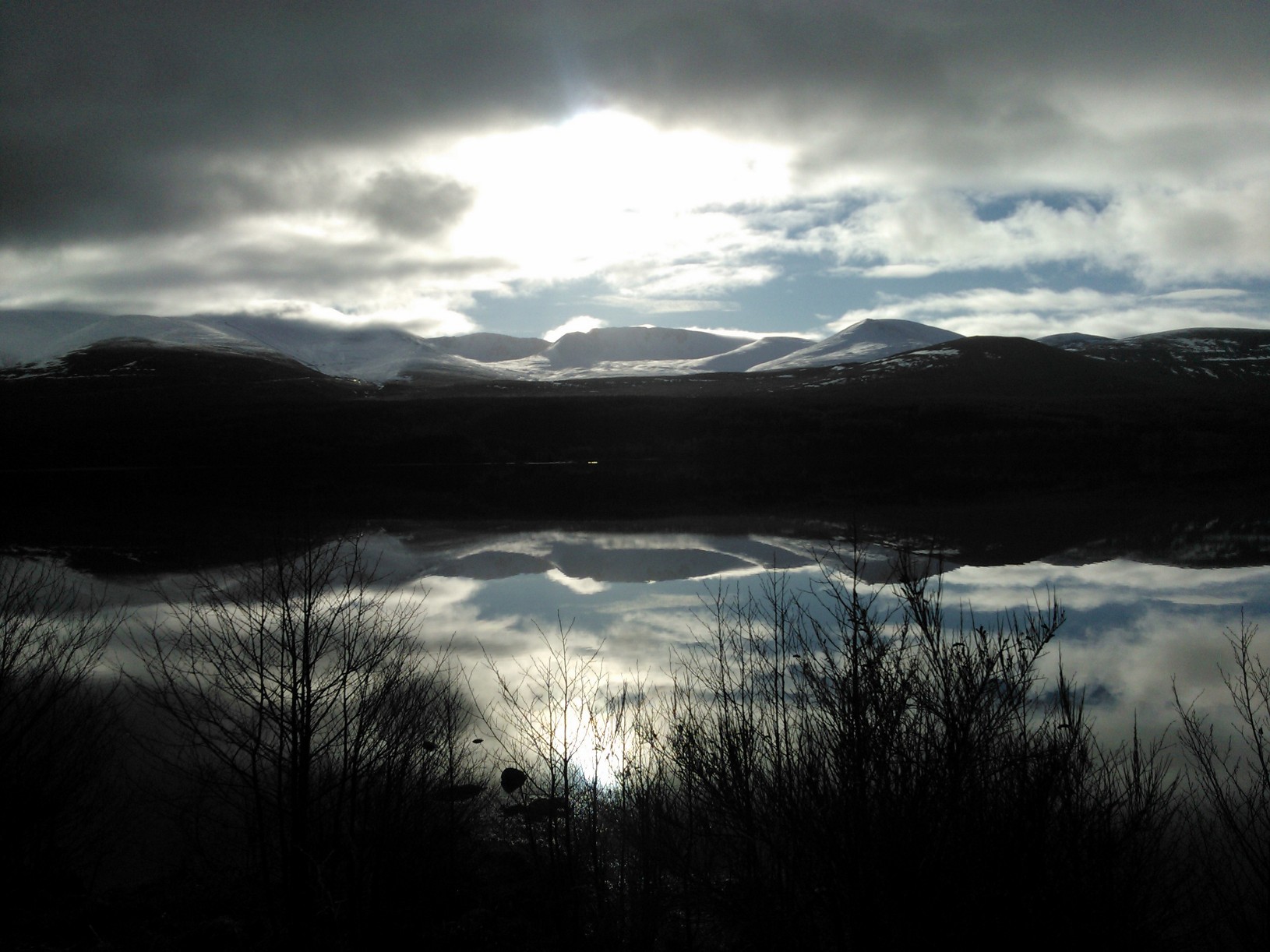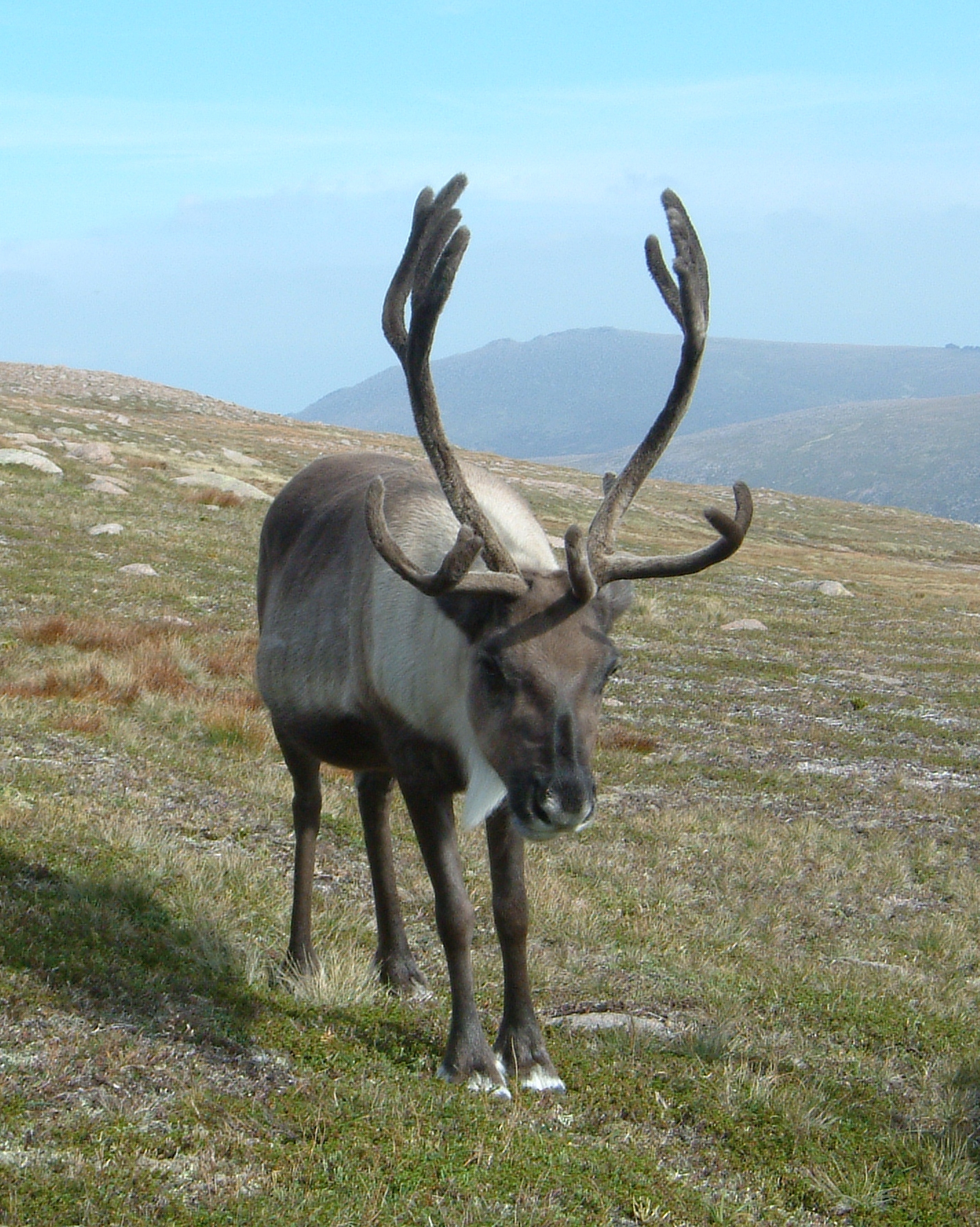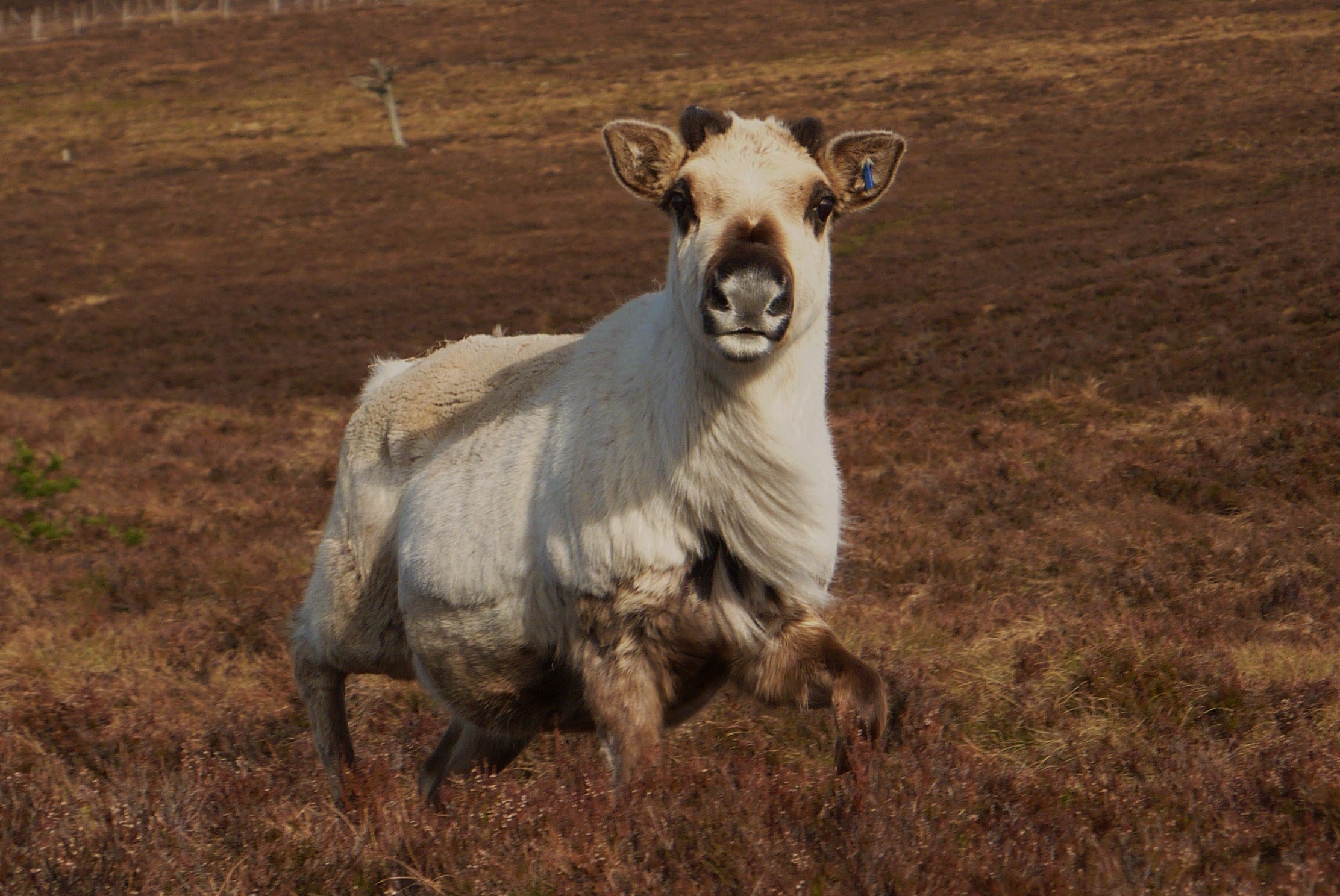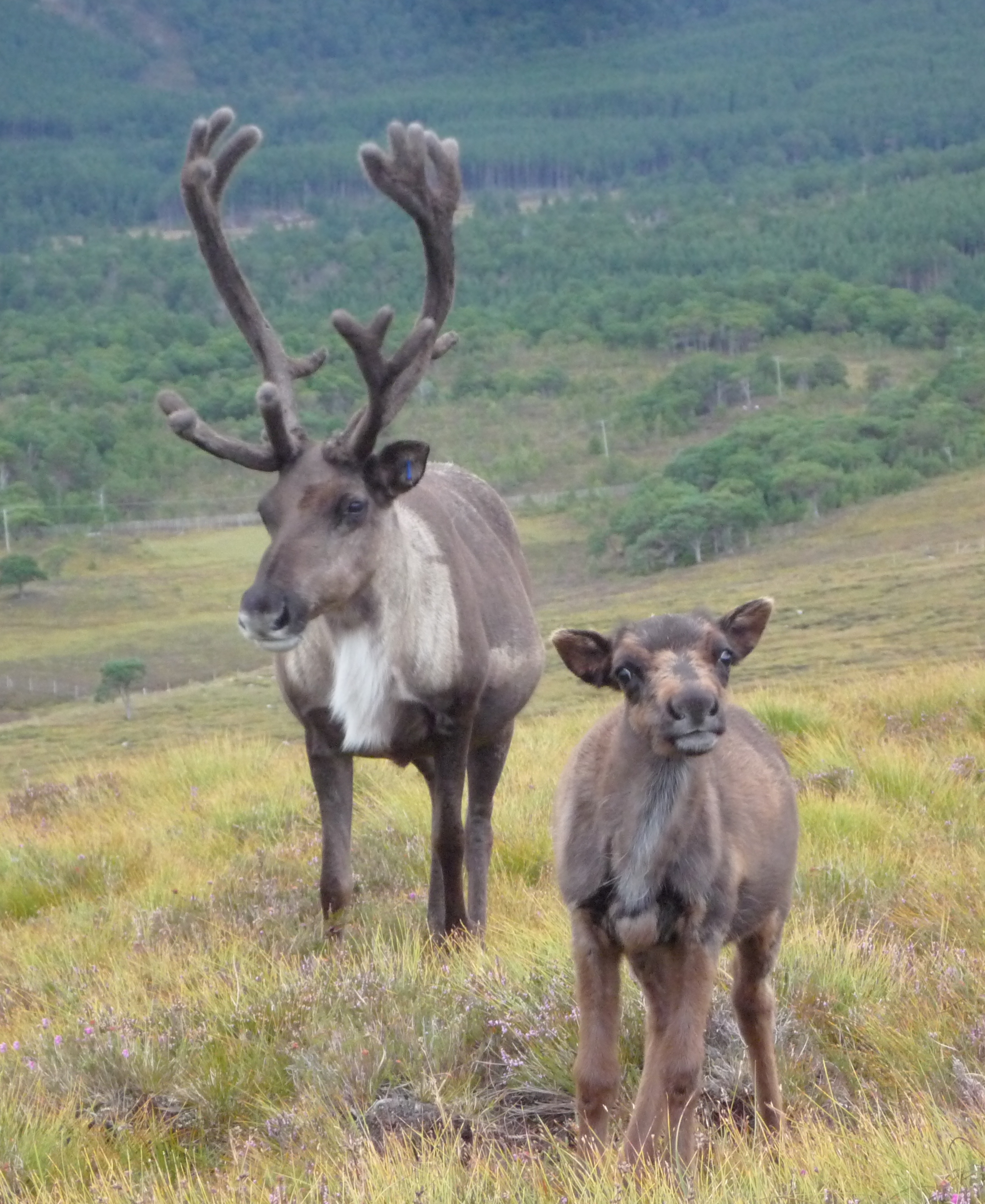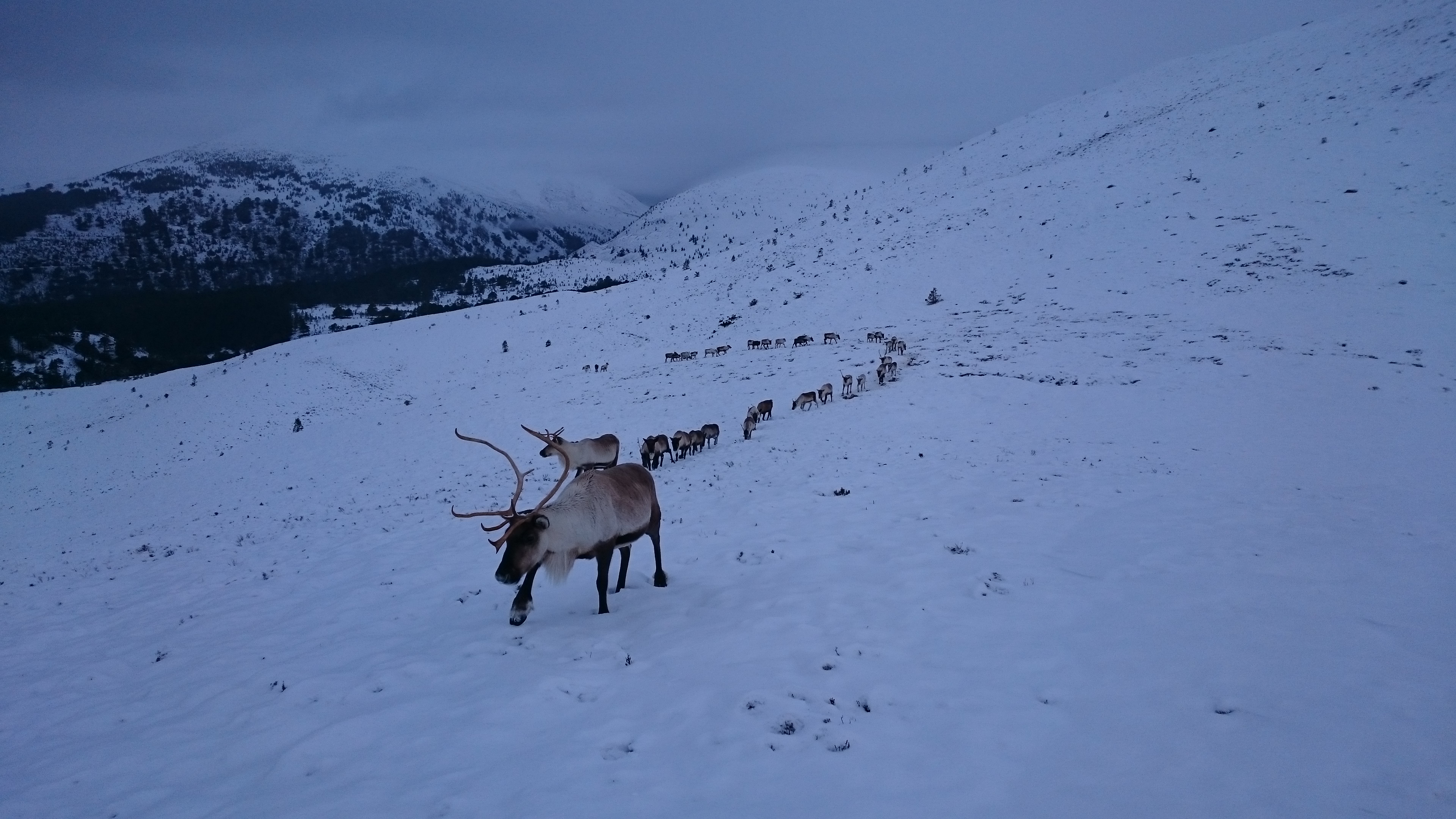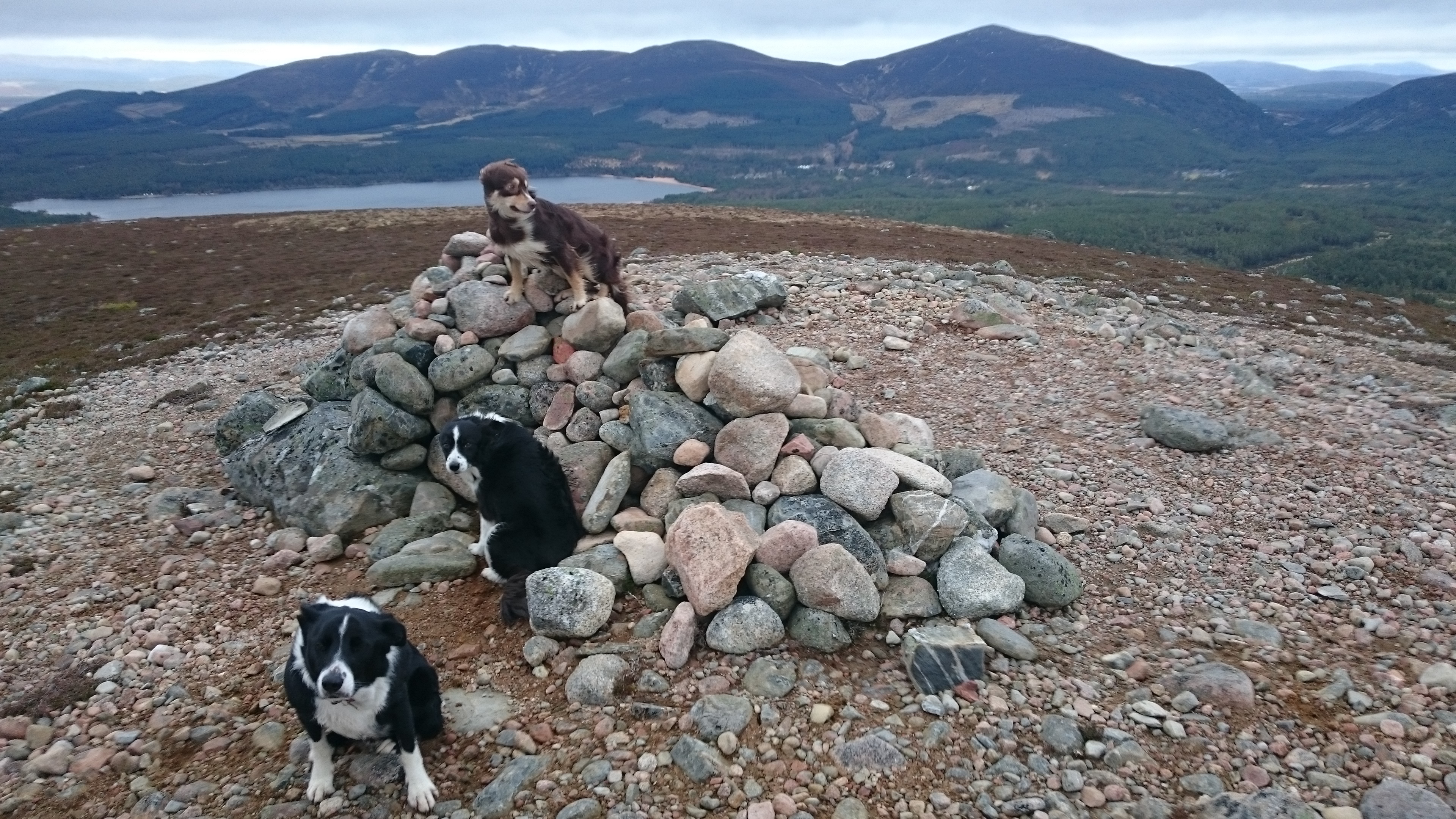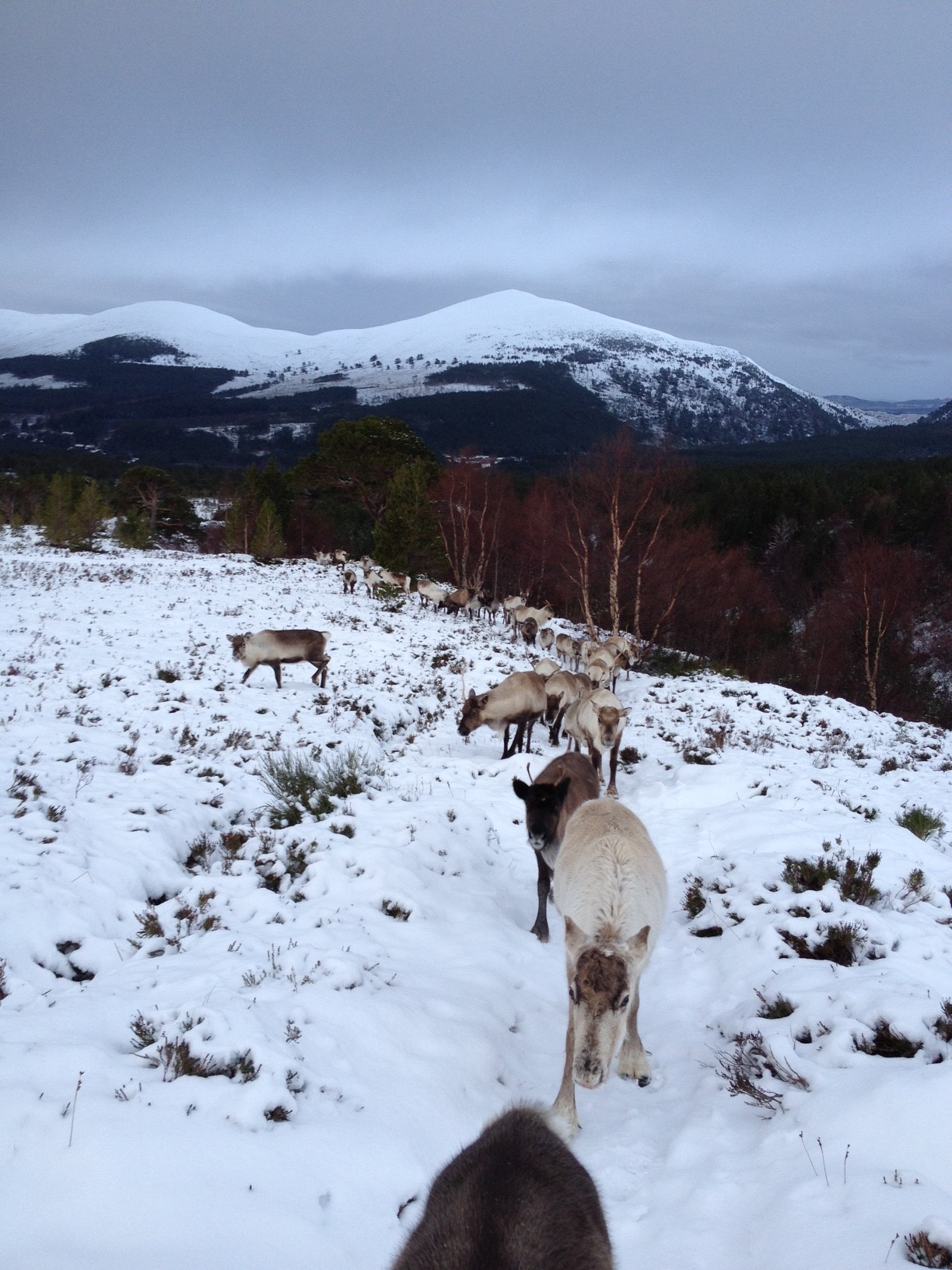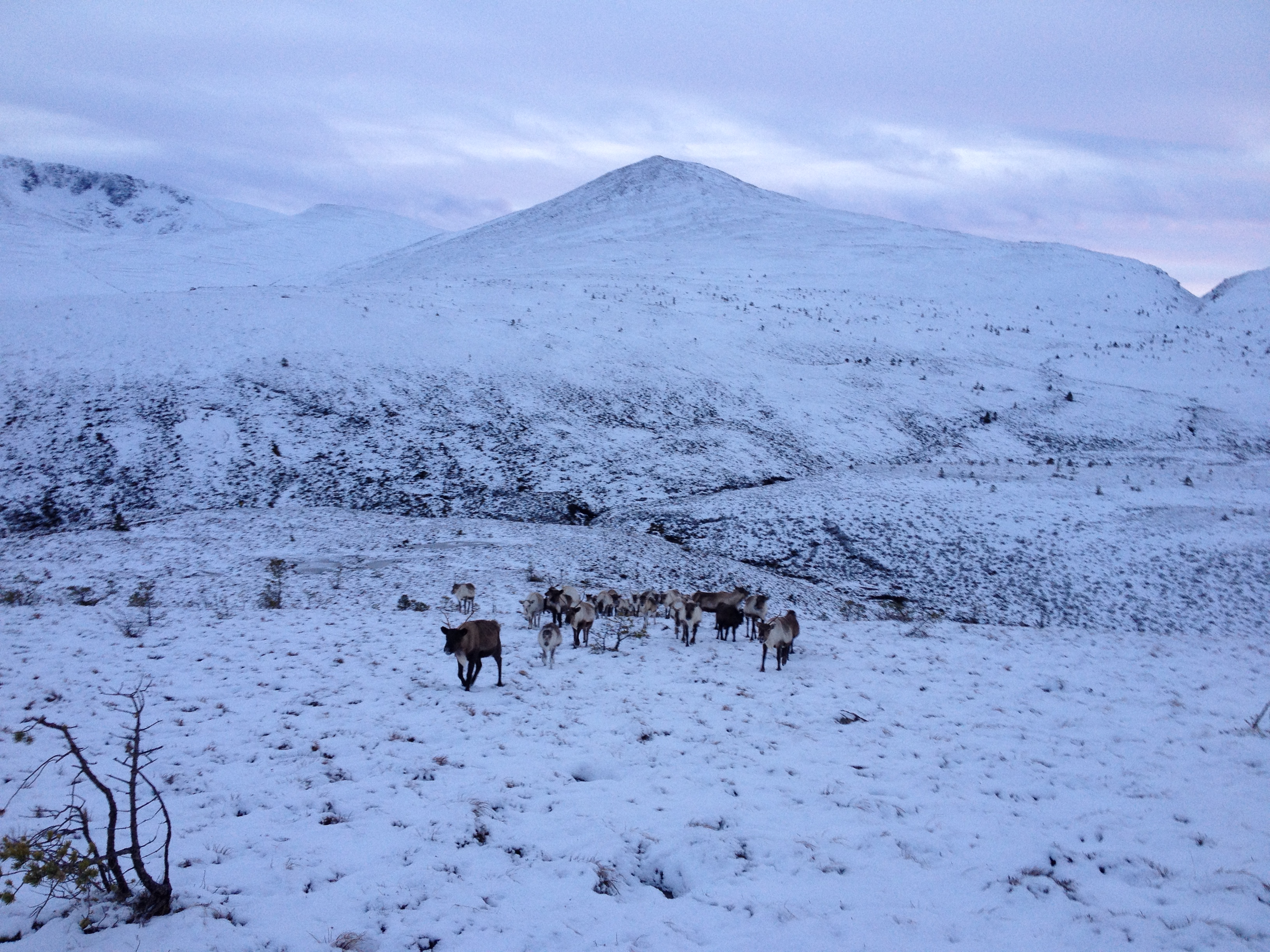
Each year every member of our 150-strong herd (well, with just a handful of exceptions… Malawi, Dixie…) grows a pair of antlers. And every winter, at some point between November and May, those same antlers are naturally cast so the owner can grow a (theoretically) bigger, better set the next year.
Over the winter months, our reindeer are all roaming free on either the Cromdale or Cairngorm mountains, so there are many antlers that ping off into the heather and snow and are either never seen again, or are picked up by a lucky hillwalker. But plenty of the antlers are found by us, collected and brought back to the Centre, then usually handed over to Hen. She has (foolishly?) taken on the task of sorting out what happens to them next.

First job is to identify which reindeer the antler belongs to. Sometimes this is easy – perhaps we saw two reindeer having a tussle and witnessed the moment the antler parted ways from its owner. Some antlers are pretty distinctive and when whoever found it walks into the office with it, usually displayed held on their own head and asking, “Who am I??” there is a chorus of correct answers from the other herders present. But sometimes it is a fairly standard shape and size, and then it comes down to skimming through our photo archive (we aim to keep a recent photo of every member of the herd) until it is spotted in its previous position attached to a head.
Once the past owner of the antler is identified, first port of call is our “Antlers wanted” list – if you adopt a reindeer and fancy owning a set of their antlers just drop us an email and we can pop you on it – bear in mind there are only a maximum of two antlers available each year though, and we frequently don’t find both! Otherwise we write to any adopters of that reindeer to see if they’re interested in buying it, on a “first come, first served” basis – whilst this is the fairest way we can do it, it often leads to several phonecalls on the same day asking to buy it, and we can only sell it to the first respondant! Finally, if none of the adopters want it, or indeed if the reindeer has no adopters, then it goes for sale in our shop here at the Centre, usually in about June.


Antlers come in all shapes and sizes, from big handsome bull antlers (we usually only have one or two large sets available each year) to fancy cow antlers, and calf “twigs” to furry broken castrate antlers. We’ve already started working through the pile of antlers that we’ve found this year, and the biggest set without a doubt belonged to our breeding bull Kota. One of his adopters was delighted to purchase the set, but as they don’t live locally, the next challenge was packaging them up to post. As you can imagine, transforming a pair of unwieldly, bony objects into a postable package is easier said than done… We first wrap the points in bubble wrap, not to protect the antler (it’s solid bone) but to stop it bursting out of the package, and then pop the whole thing in an empty barley bag (or two, in the case of Kota’s set). Barley bags are super as they have two strong layers of paper, and we’re helping the environment out by recycling. As an added bonus, recipients often find a few stray flakes of barley! Though on the downside, sometimes the posting out of antlers is delayed because the reindeer haven’t eaten enough for us to use the next bag of barley in our feed mix!
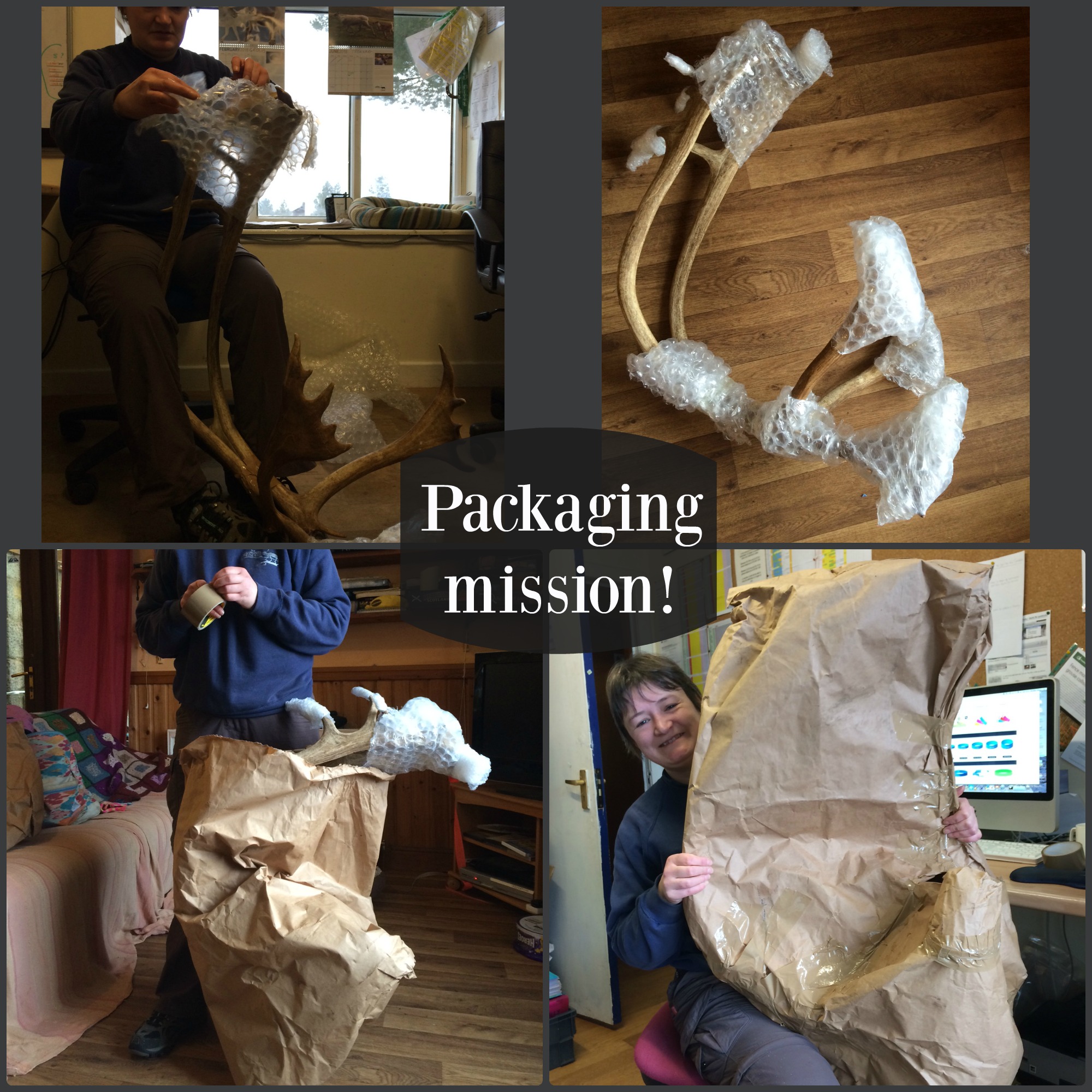
With a large pile of antlers still to work through, and plenty left on the heads of the reindeer on the mountains, its likely that it’ll be summer before we finish finding new homes for them. All of the funds raised from the sales go straight back into the day-to-day care of the herd, so it both helps us out and hopefully brings a lot of pleasure to anyone who buys them. Every antler is unique and its great to have something sustainable which allows people to own a “bit” of a reindeer!
Andi
Please note – there’s now a newer, more up-to-date blog about how we sell antlers, which you can read here.


